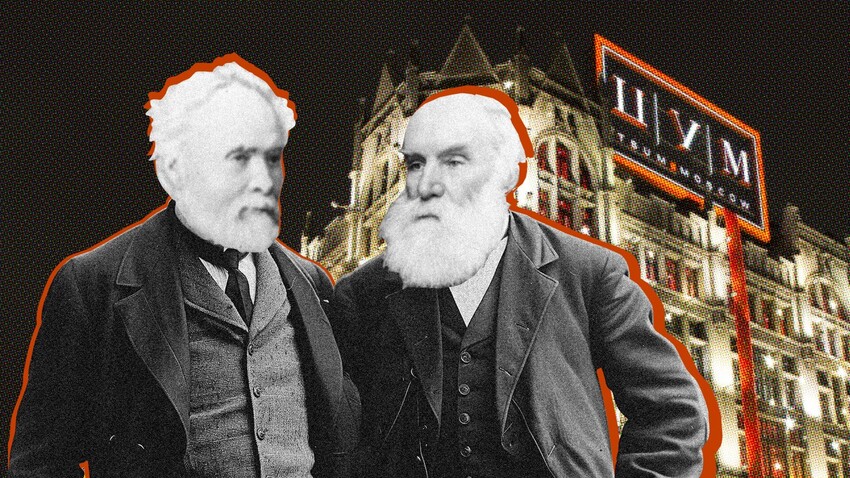
The year is 1857. St. Petersburg. The Russian Empire is ruled by Alexander II. Four years remain before the abolition of serfdom.
At this time, trade practically flourished in the country. Representatives of the old merchant dynasty established the ‘Brothers Eliseev’ trading house and sold foreign wine, coffee, tea, rice, cheese and other goods in the city. Many foreigners were also successfully engaged in trade and were even suppliers to the imperial court.
That same year, two Scotsmen by the names of Archibald Mirrielees (1797-1877) and Andrew Muir (1817-1899) registered the trademark ‘Muir & Mirrielees’ and engaged in wholesale sewing accessories in St. Petersburg. They also sewed ladies' hats, manufactured furniture and traded in a variety of goods from Great Britain — threads, lace, fabrics and more.
In 1867, Muir and Mirrielees opened a branch in Moscow. Their wholesale store for ladies' hats and other accessories appeared downtown on Kuznetsky Most Street.
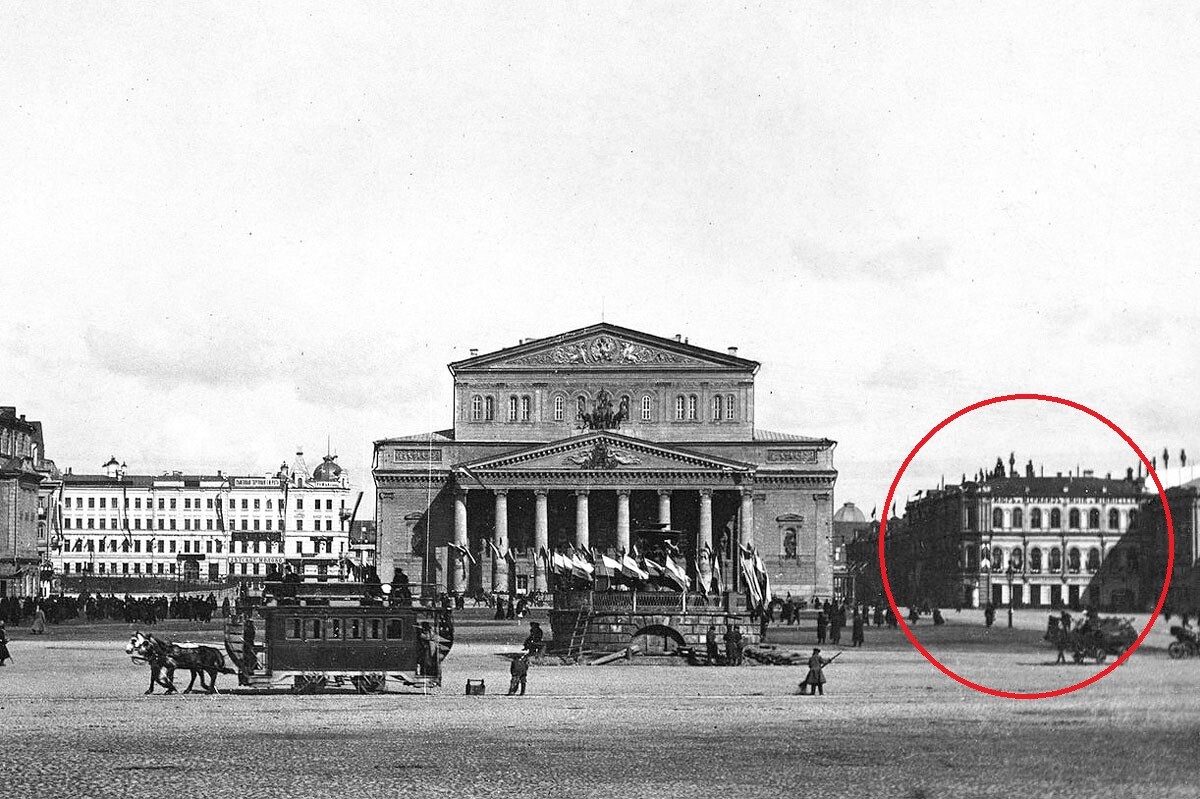
Moscow in 1896. The first building of ‘Muir & Mirrielees’ store is seen on the right
Public domainWhen Mirrielees died, Muir and his new partner, Walter Phillip, decide to go retail. In 1885, they opened another store in Moscow, directly across from the Bolshoi Theater. The three-story ‘Muir & Mirrielees’ store was modeled after ‘Le Bon Marche’ in Paris, one of the world's first department stores.
The Scots relied on a large assortment of goods and counted not on the rich, but on the general public: the “middle class” and the bourgeoisie. Muscovites, who previously had to go to various different stores, could, from that time on, buy almost everything in one place: clothes and accessories, furniture, porcelain, perfumes, stationery. The only thing missing were edible goods and produce.
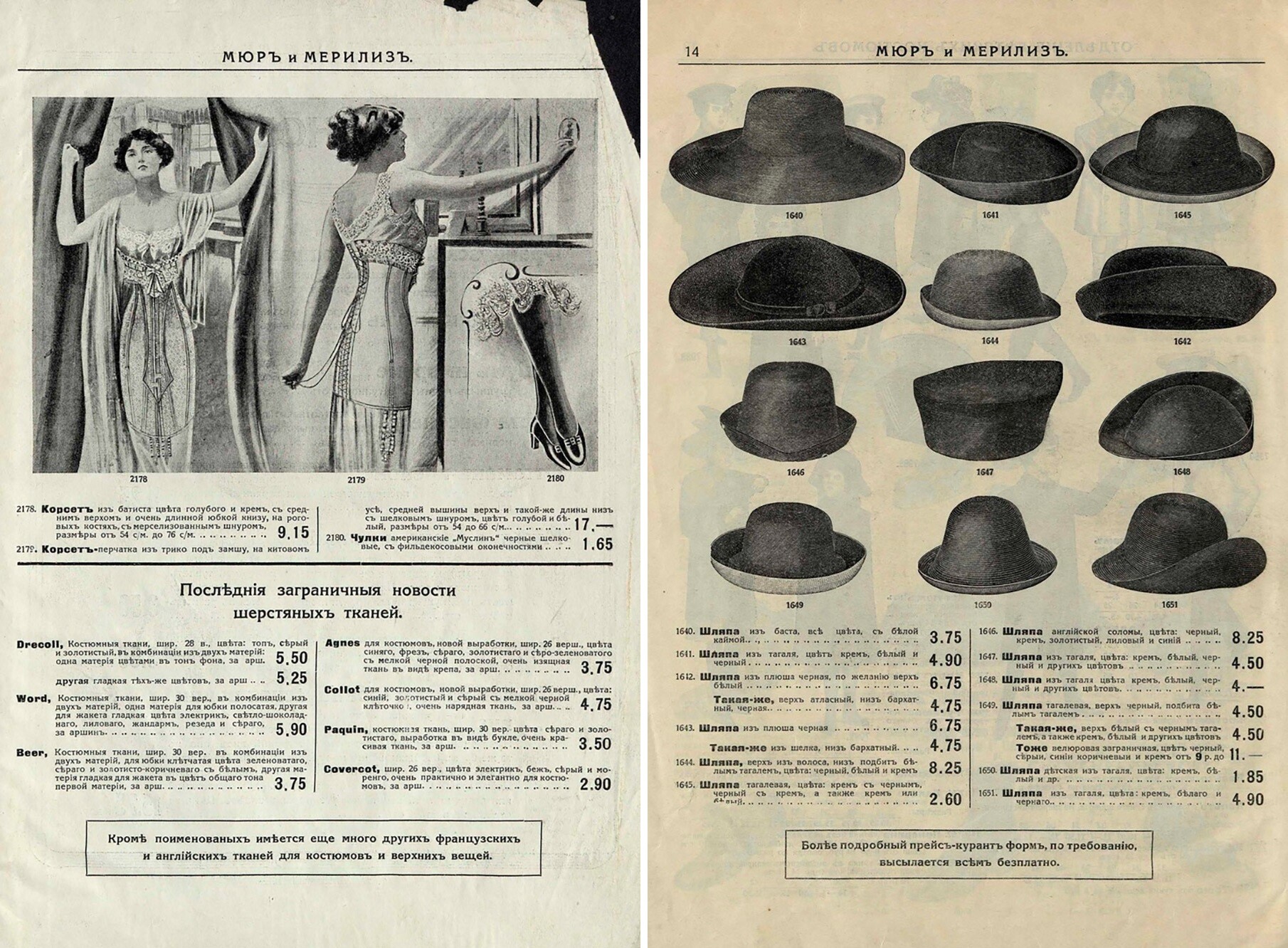
Pages from the ‘Muir & Mirrielees’ catalog, 1913
Public domain‘Muir & Mirrielees’ were also the first in Russia to make catalogs of their products and arrange special sales. At the same time, in off-peak periods, prices were fixed and it was impossible to haggle.
In 1900, the store burned down, but, by 1908, a new luxurious building had been built in its place. Designed by architect Roman Klein, the seven-story Gothic-style building has remained until today.
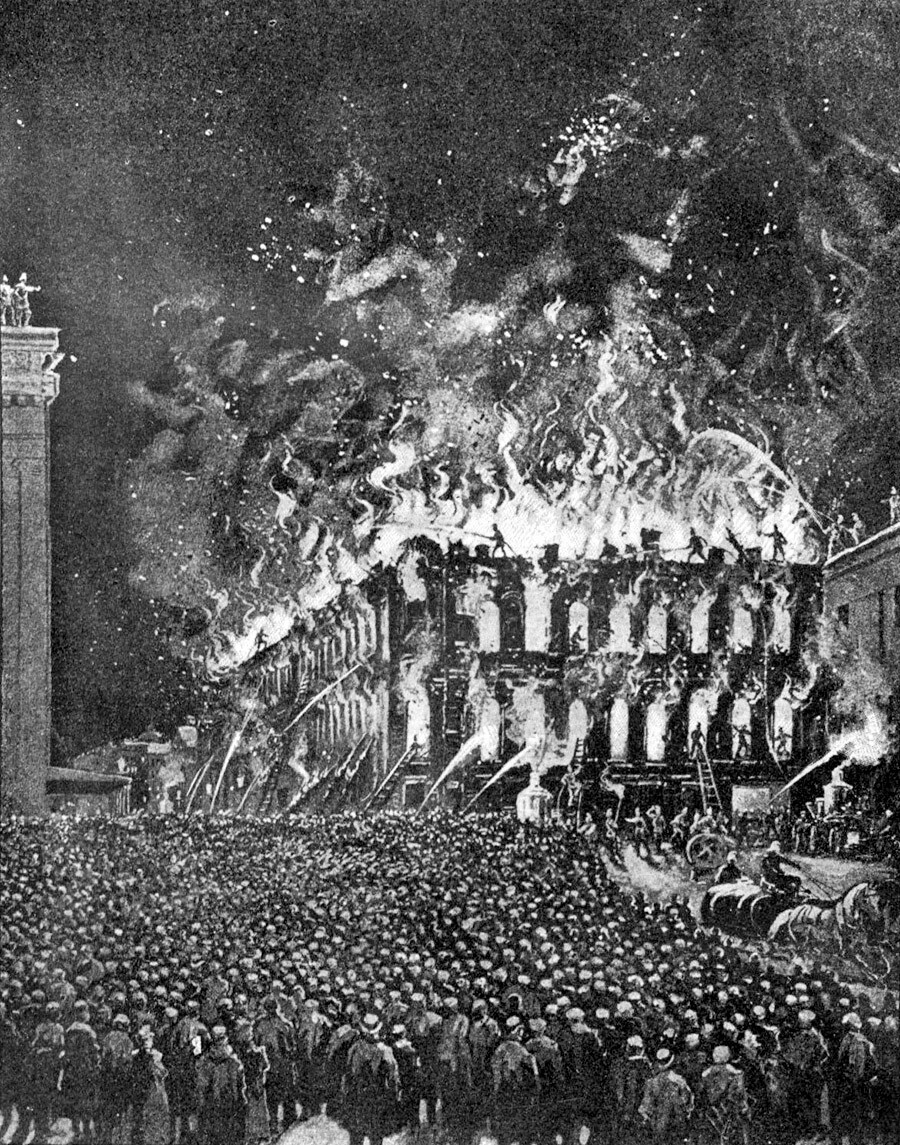
The first building was destroyed in the fire of 1900
Moskovsky Listok newspaper, 1910The renovated ‘Muir & Mirrielees’ became an incredibly popular place. Visitors were not only amazed by the abundance of goods and the beauty of the architecture, but also by the fact that it had the first electric elevator and revolving doors in Moscow! There was a doorman at the entrance and customers’ noses were immediately assaulted by pleasant aromas, as the perfume departments were always located on the first floor.
‘Muir & Mirrielees’ also owned a “factory of furniture and bronze” in Moscow and its products were also traded in the department store. The Gothic-style factory building was also built by the same architect.
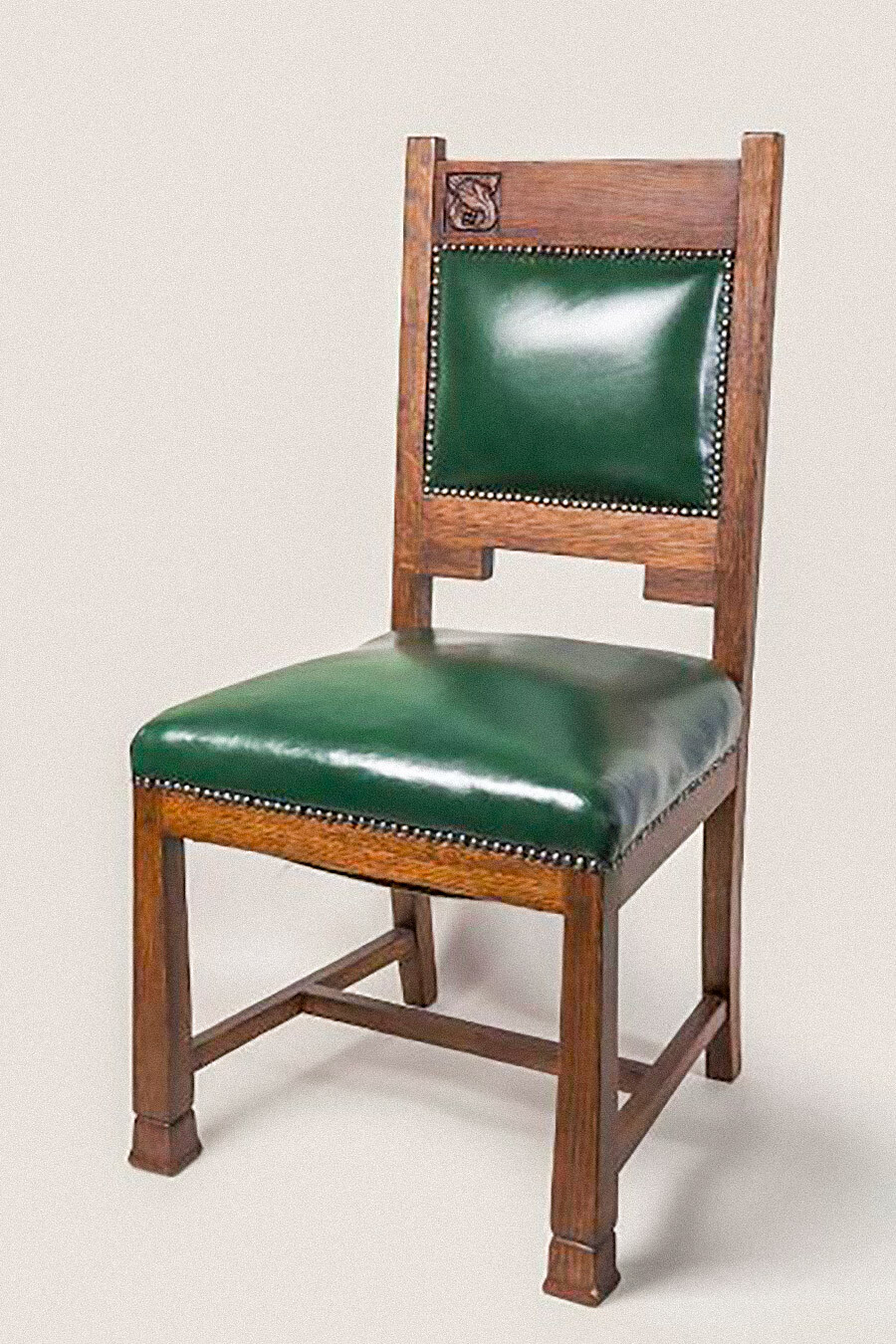
A chair produced at the ‘Muir & Mirrielees’ furniture factory. Early 20th century
State Historical MuseumEveryone in Tsarist Moscow knew the name ‘Muir & Mirrielees’. However, for a Russian ear, the name sounded too foreign and strange, so, sometimes, it caused curiosities. Writer Mikhail Prishvin left the following note in his diary: “All my life, I heard ‘Muir & Mirrielees’ and imagined it to be a German couple: as if Muir was a husband and Mirrielees was his wife. And then, it turns out: Mirrielees is a man, an Englishman and a passionate hunter.”
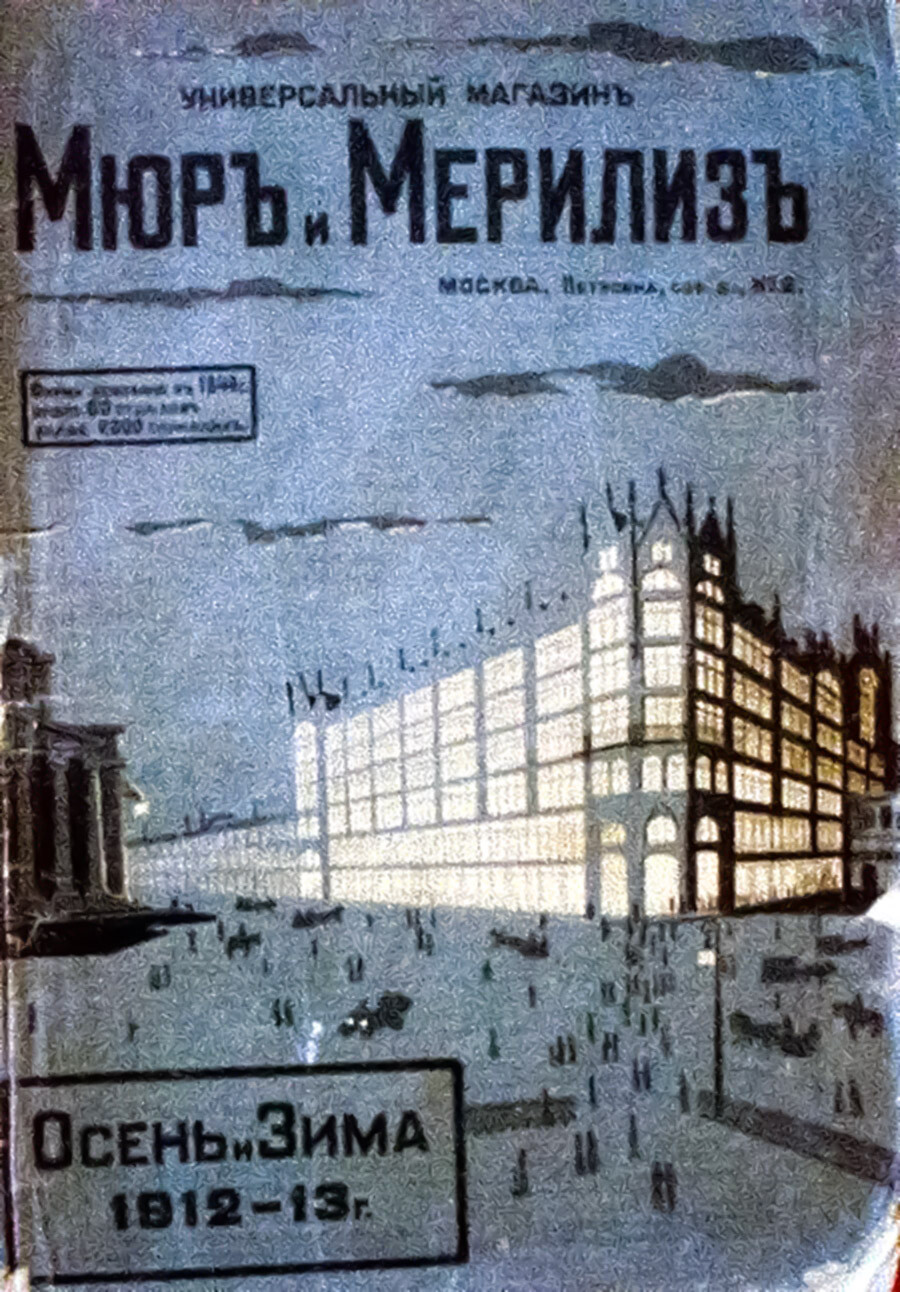
‘Muir & Mirrielees’ catalog. Autumn 1912 - winter 1913
Public domainSo over time, for simplicity's sake, it came to be known simply as ‘Muir’ (‘Myur’ in the Russian manner). In Mikhail Bulgakov's novella ‘Heart of a Dog’, a character named Professor Preobrazhensky says to his servant: “Go to Myur and buy him [a dog] a good collar with a chain.”
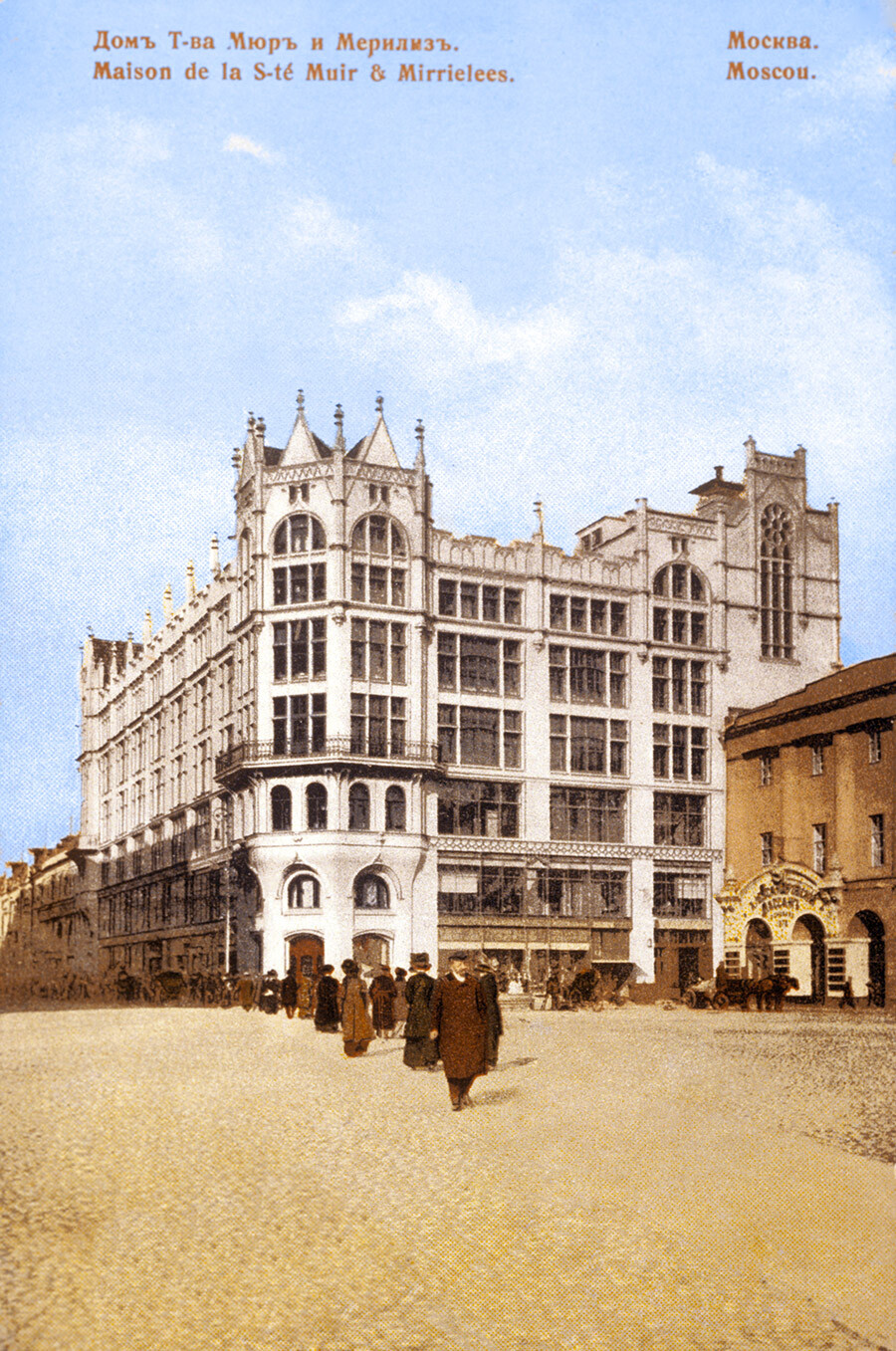
‘Muir & Mirrielees’ department store gothic building
SputnikAnton Chekhov's sister recalled that, in his estate Melikhovo, there were two mongrel dogs, which he nicknamed ‘Muir’ and ‘Mirrielees’. The writer himself, when vacationing in Crimea, would order hats and caps from their catalog.
After the 1917 Bolshevik Revolution, the store was nationalized and was closed for several years. Bulgakov wrote: “The ‘Muir & Mirrielees’ still silently and emptily blackens with its huge windows.” But, in 1922, during the adaptation of the new economic policy (read more about the ‘NEP’ here), ‘Mostorg’ (literally ‘Moscow Trade’), the largest department store in the country, opened in the building. However, not everyone could buy something there; special coupons were required.
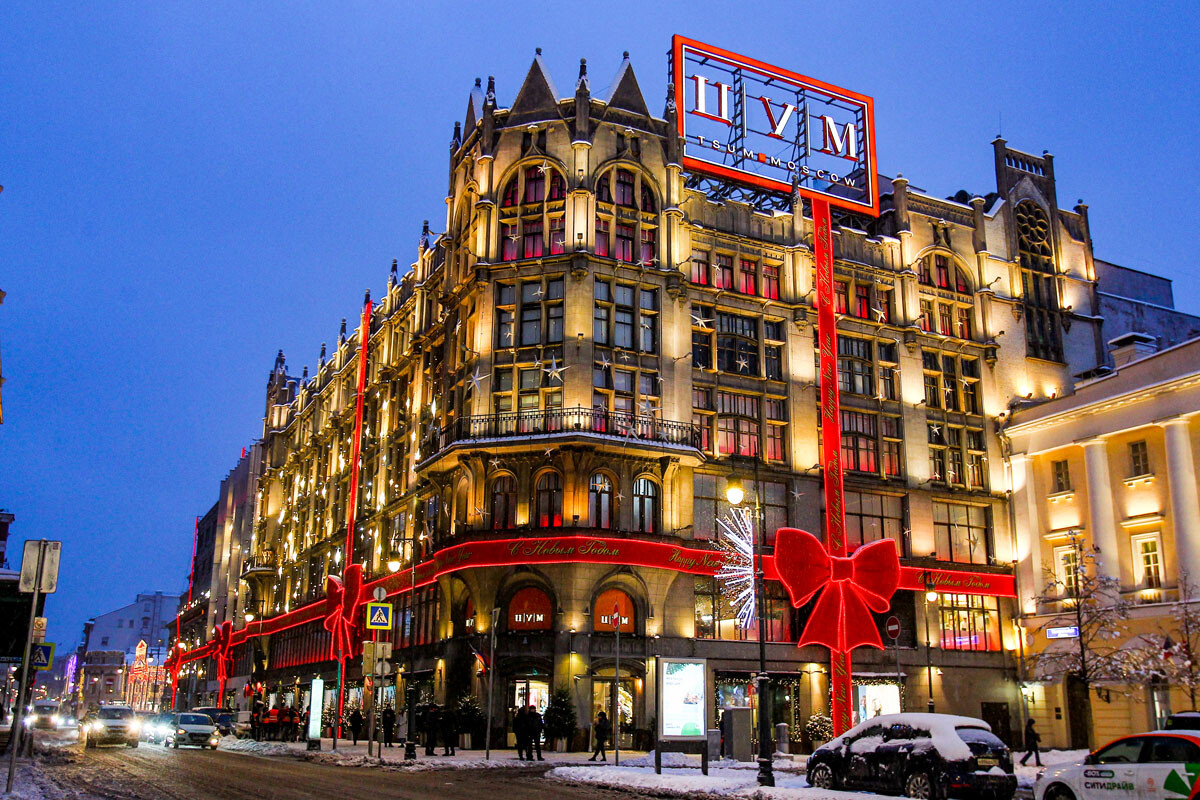
TsUM, decorated for the 2023 New Year's
Maria Devakhina/SputnikIn 1933, ‘Mostorg’ was renamed ‘TsUM’, an abbreviation for ‘Tsentralny Universalny Magazin’ (‘Central Universal Department Store’), as it is called to this day. After the war, it ceased to be accessible to everyone and became an elitist store. Even now, a shopping bag from ‘TsUM’ is considered a sign of wealth.
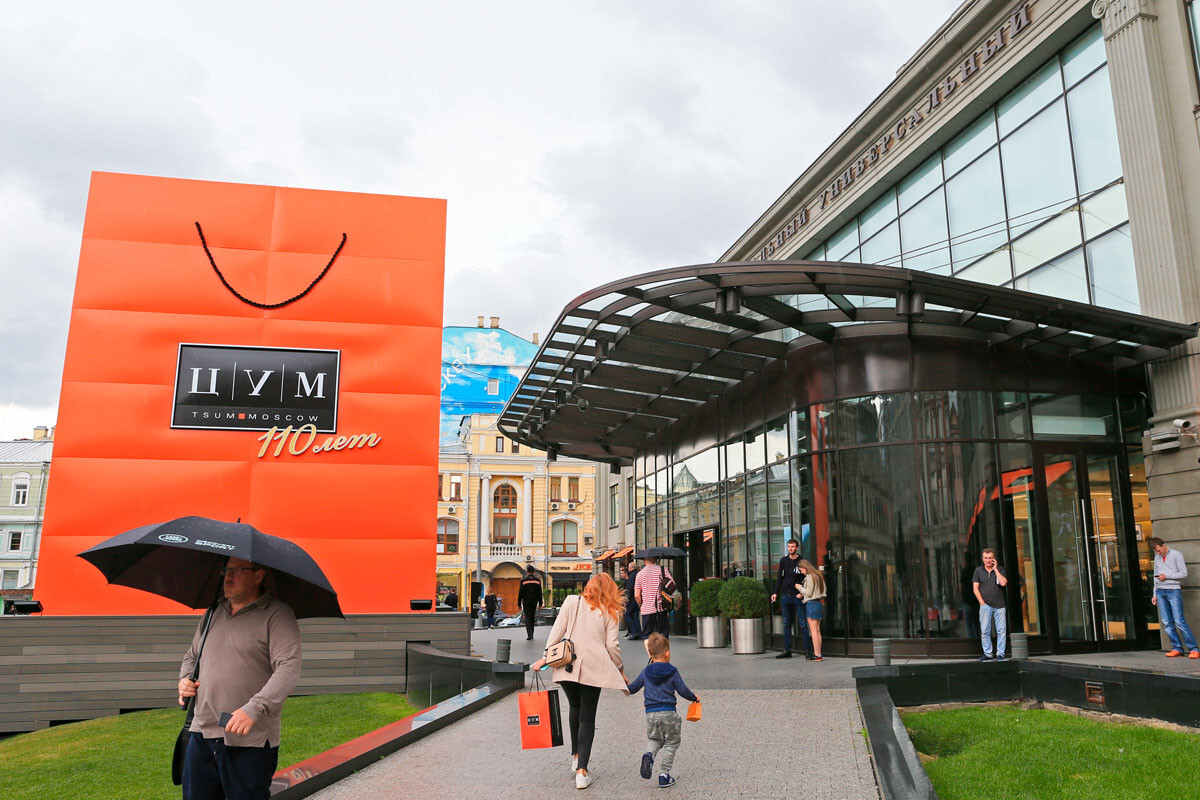
A giant TSUM's branded package was an installation devoted to the store's 110th anniversary, 2017
Anton Denisov/SputnikDear readers,
Our website and social media accounts are under threat of being restricted or banned, due to the current circumstances. So, to keep up with our latest content, simply do the following:
If using any of Russia Beyond's content, partly or in full, always provide an active hyperlink to the original material.
Subscribe
to our newsletter!
Get the week's best stories straight to your inbox